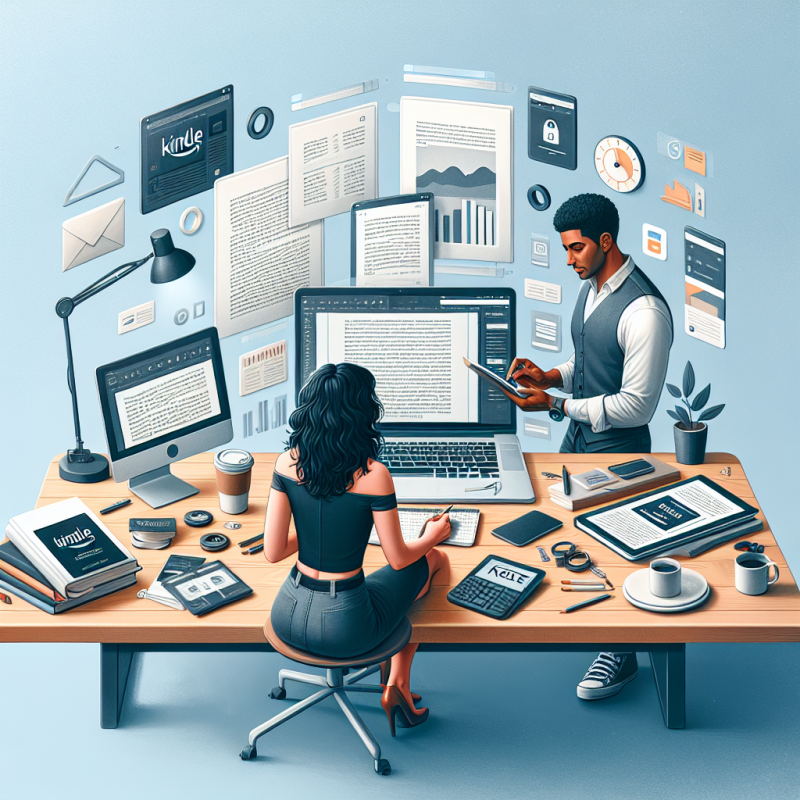AI Design & Media, AI Marketing Solutions, AI Productivity Apps, AI Tools for Creators, AI Writing Tools
How to Protect Creative Rights When Using AI Art Generators
Protecting your creative rights is crucial when diving into the world of AI art generators. As a creator, understanding how to safeguard your AI-generated works can make all the difference in maintaining ownership and reaping the rewards of your creativity.
Understanding Your AI Art Rights
When you think about art, you probably imagine an artist with a paintbrush or maybe someone hunched over a canvas. But today, art is also created through algorithms and code. This evolution introduces unique challenges in protecting creative rights with AI. Knowing your legal rights is essential, as AI art blurs traditional boundaries. The ownership of AI-generated art isn't always straightforward, and it often depends on the tools used and agreements made with platforms.
Whether you’re dabbling in art generators for fun or planning to sell AI-generated art, understanding the legal rights for AI art is your first step in safeguarding your works. Just like traditional art forms, not knowing your rights might end up in someone else benefitting from your talent.
Essential AI Art Copyright Tips
Just as you're getting cozy with creating art using artificial intelligence, there are some vital tips you should consider to protect your work. First, always read and understand the terms and conditions of the AI art platform. Some might claim rights over your creations, while others may not have detailed clauses regarding ownership. This is where securing rights in AI art becomes crucial.
Documentation is another significant aspect of copyright protection. Keeping a record of your creative process can help claim your rights later. Take screenshots or note down the prompts and tools used during the creation process. These might serve as your ‘brushstrokes' proof, showcasing your involvement in the artwork's creation.
AI Art Licensing Solutions and Their Importance
Licensing is a powerful way to protect your AI-generated artworks. When you're thinking about protecting AI art rights, consider applying for licenses that define how others can use your work. This practice is growing in popularity, especially in digital art domains.
By licensing, you essentially delineate boundaries, saying, “Hey, you can use my art, but here are the terms.” It ensures you retain control over usage while potentially opening new revenue streams. Whenever you foresee someone else using your artwork, licensing could be the perfect middle ground, balancing exposure and protection.
According to Wikipedia, licensing agreements have been essential for creators historically and continue to adapt in the modern digital landscape, making them indispensable for AI art.
Art Generators Rights Guide to Avoid Pitfalls
Even with the best intentions, pitfalls can occur when using AI art generators. Perhaps the biggest barrier is understanding the terms and conditions inherent in each platform. Some might retain rights to replicas or demand a share of your earnings. Therefore, becoming adept at sifting through these legal documents is an invaluable skill.
When it feels overwhelming, remember that seeking legal counsel isn't overkill. A simple consultation with an attorney knowledgeable about copyright laws, especially digital and AI art copyright tips, can make a tremendous difference. This knowledge equips you with the tactics to avoid unintentional rights infringements or exploitation.
Strategies for Creative Protection in AI
Being proactive is crucial in ensuring your creative rights when using AI art generators. Think about AI art protection tactics like setting clear, strong passwords, using encryption tools for digital files, and being cautious about where you upload and share your work. Whether on social media or private galleries, protecting your digital turf is essential.
Furthermore, consider joining artist communities focused on AI-generated arts. It not only gives you a platform to share your work but also a support system for navigating creative rights issues that may arise. This camaraderie can be particularly empowering, offering insights into new ways to secure and market your art.
- Always read and understand terms and conditions before using a platform.
- Document your creative process.
- Consider licensing your artworks.
- Seek legal advice for copyright issues.
- Join artist communities for support.
Frequently Asked Questions About AI Art Creative Rights
Q: Can AI-generated art be copyrighted?
A: Yes, it can be, but it often depends on the platform's rules and your involvement in the creation process. Consulting with a legal specialist can offer clarity.
Q: How can I prove ownership of my AI-generated art?
A: Document your creative process, including software used, inputs, and timing. This serves as evidence demonstrating your role in creation.
Q: Is licensing necessary for AI-generated art?
A: Licensing isn't mandatory, but it's beneficial. It allows you to set terms for how your art can be used by others, providing control and potential revenue streams.
Want to promote your book after it’s published? Check out our Book Marketing Articles.
If you're serious about growing your author career, don't miss out on these free tools and templates built specifically for writers. Access all 7 free resources here.

